Cracked Tooth Syndrome: Symptoms, Causes & Treatment
A fractured tooth or cracked tooth syndrome occurs when you have a small crack in your tooth. This crack can have no symptoms at all or it can cause pain while chewing and sensitivity to temperatures. A cracked tooth can be treated by a Clearwater emergency dentist where the symptoms will be relieved and further damage will cease.
Anyone can crack a tooth, although it is most commonly seen in children, older adults and people who get frequent cavities. There are several types of cracked teeth:
- Cracked Tooth: A crack that runs from the chewing surface up to the gum, vertically.
- Hairline Crack: Superficial cracks that affect only the outer enamel layer of the tooth. They are typically harmless and don’t cause symptoms.
- Fractured Cusp: A part of the tooth’s chewing surface breaks off or cracks often around large dental fillings. It usually doesn’t cause symptoms.
- Split tooth: A crack that runs from the chewing surface to below your gum line resulting in a tooth that is split in two parts.
- Vertical root fracture: A crack that starts below your gum line and starts running up into the tooth towards the chewing surface.
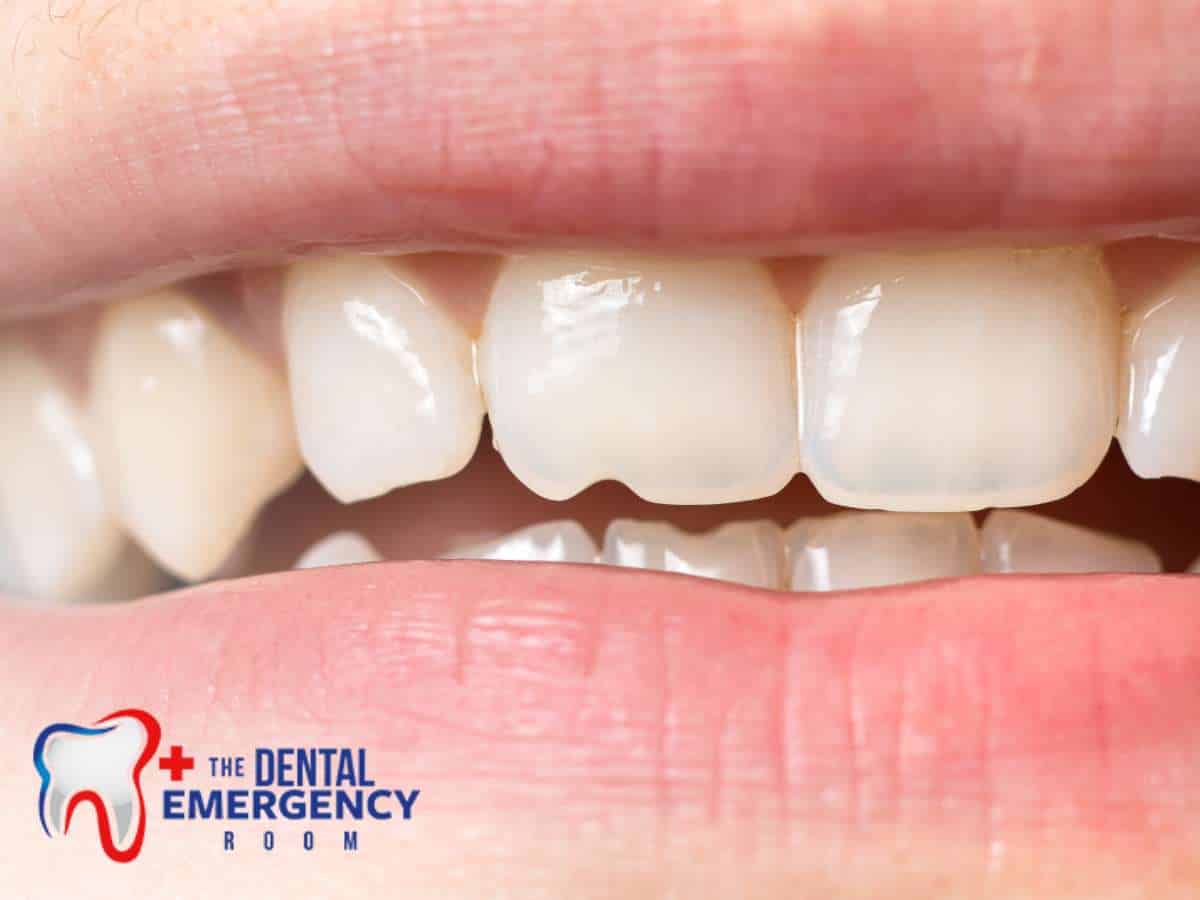
Causes Of Cracked Tooth Syndrome
There are many reasons cracked teeth can occur and the reason differs depending on the individual. A Clearwater emergency dentist will tell you that some of these causes can be avoided:
- Age-related wear and tear
- Biting or chewing on hard objects such as ice, hard candy or pens
- Weakened teeth due to large dental fillings, extensive dental work or root canals
- Teeth Grinding, which puts teeth under excessive pressure
- Traumatic injuries like falling or a blow to the face
Symptoms Of Cracked Tooth Syndrome
Not every cracked tooth causes symptoms and when they do, they vary from person to person. These are the most common symptoms:
- Inconsistent pain that presents itself while chewing or biting
- Sensitivity to temperature changes
- Toothaches
- Swelling or inflammation in the gum around the tooth
- Sharp pain or discomfort when eating sugary or acidic food
- Pain that occurs only when pressure is applied to the cracked tooth
- Discomfort or pain when the tooth is touched
Process Of Diagnosing Cracked Tooth Syndrome
If you have any pain or symptoms related to cracked tooth syndrome, you will want to see a Clearwater emergency dentist as soon as you’re able. They will go through the process of identifying whether the pain you are experiencing is a cracked tooth or a different issue.
To go about diagnosis, they will initially ask questions about your history. Was there trauma that caused the tooth crack? Do you have any habits that may cause a crack? From there the process looks like this:
- Visual Examination: The dentist will visually inspect the patient’s teeth and gums for cracks or irregularities.
- Dental Tools: Using a thin tool with a pointed tip, the dentist will gently probe the teeth and feel for catches on a crack or sensitivity.
- Bite Test: Dentists may ask you to bite on a stick or other material to see if you feel pain.
- Light Evaluation: The dentist might shine a bright light on your teeth, using light to help highlight a crack that might be hard to see with the naked eye.
- Dental Imaging: The dentist may X-ray your teeth to find the crack. Small cracks are not easily visible on X-rays.
- Dye Staining: A special dye solution may be applied by the dentist to your teeth to highlight cracks that are hard to find.
Once your Clearwater emergency dentist is finished with all of the testing, they will gather everything they have found and provide you with a diagnosis and plan for treatment.
How To Treat Cracked Tooth Syndrome
Treatments will vary depending on the severity, location and extent of the cracks, as well as individual factors. There are no at-home remedies for your cracked tooth. Until you’re able to see a dentist, you can attempt to relieve symptoms by using an ice pack, swishing salt water in your mouth, or taking pain relievers.
Dentists will treat your tooth one of several ways depending on the type of fracture:
- Bonding: Resin fills in the fracture, sealing the crack
- Contouring: A tool may be used to file and smooth a broken or jagged tooth
- Crown: A cap is fitted over the tooth
- Extraction: Removal of tooth in more severe situations
- Root Canal: When the damage is into the pulp (inside) of the tooth, there will be removal of the damaged pulp
- Veneer: A thin layer of plastic gets placed over the crack
- Nothing: Sometimes if the damage has no symptoms and is not dangerous or visible, the dentist will recommend taking no action
Signs You Should Seek a Healthcare Provider
There are several signs that you should seek a Clearwater emergency dentist right away. These signs suggest possible complications associated with a cracked tooth, and prompt evaluation is recommended.
- Bad breath
- Continued tooth pain
- Sharp pain when biting or chewing
- Visible crack in tooth
- Changes in appearance or color of tooth
- Swollen gums near or around a tooth
- Increasing temperature sensitivity
- When trauma happens to your teeth
Seek Care With Mansfield’s Leading Emergency Care Dentists
Do you have concerns that you have a cracked tooth? Let our certified dentists help you at The Dental Emergency Room!
Whether it’s a cracked tooth from trauma or just wear and tear, we have you covered. Contact us today with our online form or call us at 727-449-2424.

Dental Emergency Room
1935 Drew Street,
Clearwater, Florida 33765
Columbus, OH 43205
Phone: 727-449-2424


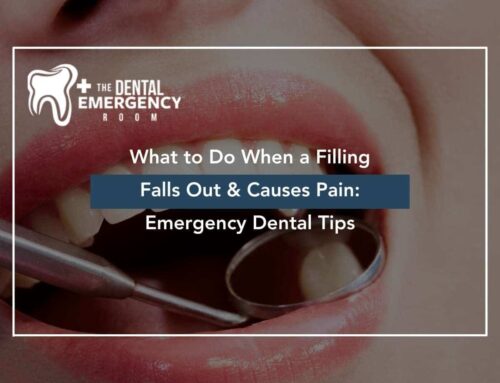
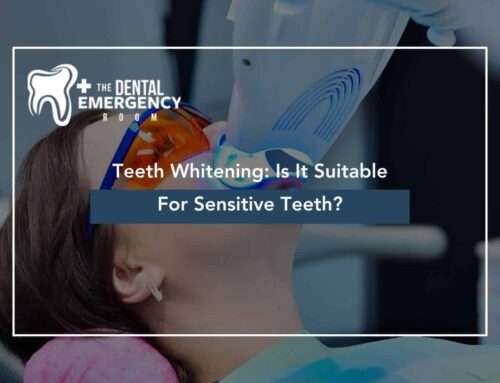
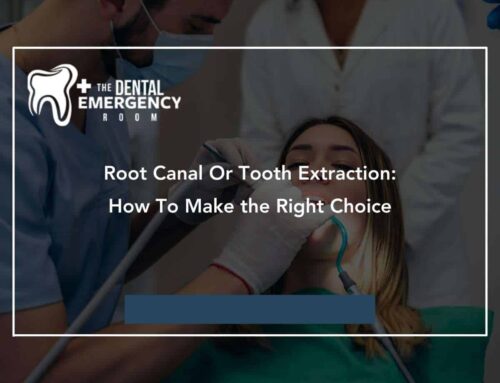
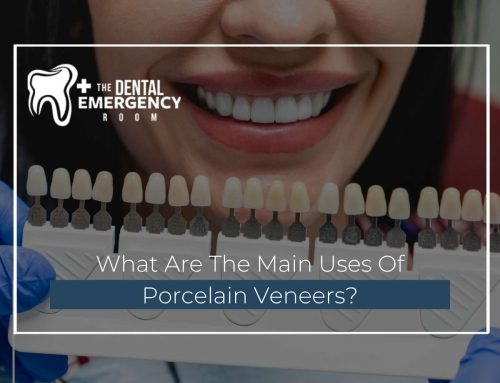


Leave A Comment